During a recent telephone conversation, I was asked to explain what qualifications and experience I had that I thought I could possibly conduct a storytelling workshop for the general public. This earlier presentation that I'd given at my old school came to mind. I repost it here with love to all the girls and women who constantly have to justify themselves.
Birrong Girls High School
Guest presentation
November 2014
This morning I visited your school for the first time in over 30 years. In all my 6 years at BGHS I never walked through the front door, always coming and going through the back gate, so I was slightly disoriented when I came through the front entrance today. But as I heard the lovely sound of all the girls in the corridor, like the chatter of beautiful lorikeets flitting through a long aviary, and walked past the wall of lockers, memories came flooding back.
I remembered a girl nearly everyone called Fuzznut. She had the most incredible curly hair that her mother insisted on having cut short to keep it under control. She was short, wore glasses and was incredibly shy. I remembered that if she was ever asked a question in class, Fuzznut would blush scarlet from her collarbone right up to her hairline. Not because she didn’t know the answer, but because, as she later told her close friends, it was as though her heart leapt up through the back of her throat and choked all the words about to come out.
When some of us would compare report cards, Fuzznut’s would always show very high marks but the comments would often be things like
“A very quiet, friendly girl who really must contribute more in class if she ever hopes to achieve anything.”
When those report cards were taken home, Fuzznut told her friends, her mother would congratulate her on the marks and when she read the comments would say:
“The world needs the listeners and the thinkers as much as it needs the talkers.”
No-one calls me Fuzznut anymore. They call me Julie, or Jules, or even Dr Julie. You see, my parents always believed that I could achieve anything I wanted to, as long as I worked hard enough. I was the first in my family to finish my HSC. Apart from my mother’s 2nd cousin I was the 1st in my extended family to attend university. My family was very much working class. My maternal grandfather had been a bullocky driver,
while my paternal grandfather was a shearer’s cook and a manager of country pubs amongst other things. My dad was a hard-working plumber and my mum was a secretary until she married, when it was then expected that she would give up work.
University for a shy girl was an eye-opening experience, not least because as I walked through the gates of UNSW for the 1st time, a pigeon soared overhead and proceeded to poop on my head and down my left shoulder. A girl walking beside me said, when she finally stopped laughing enough,
“In the part of Italy that my family come from, it’s good luck for a bird to poop on you.”
Actually, she didn’t use the word poop, but it will do for now. She then set about using the fine linen handkerchief that her mamma had insisted she bring to “school” to clean me up. Whether it was luck or a higher destiny that put Gina on the same bus as me that day, I was very grateful. Gina was the 1st in her family to go to uni too and we stumbled through our entire bachelor degree together.
I majored in English literature and history and I finally felt at home on that campus. I was privileged to listen to amazing lecturers as they brought the past lives of kings, statesmen, poets, playwrights and novelists alive, not through a list of dates and dry, hard facts but through stories. When I wasn’t in a lecture theatre or a tutorial room, I was exploring the Aladdin’s Cave of the Uni library.
Who knows exactly what they want to do for a career?
I didn’t either, and I was 2 weeks away from finishing my degree when a friend invited me to an information session about a 1 year post graduate diploma in librarianship. Have you ever had one of those lightbulb moments? I had one right there and actually said out loud;
“You’re an idiot. Why didn’t you think of that before?”
I quickly had to apologize to Shakti who thought I was talking about her.
So my main career has been in a variety of libraries, across several different Australian states, but in between I’ve worked in plumbing supply stores, where I learnt more about bathroom fittings and swearing that I ever needed. I’ve sold bread at dusty country markets and learnt about customer service and the difference between a baguette and a French stick. I spent my Uni holidays working on a cattle station in outback Queensland where I learnt about how to test a cow for pregnancy and how to muster cattle on horseback so you don’t cause a stampede. I also learnt on that first cattle muster not to be arrogant about the education I was getting. I was told to ride at the back of the mob and another jackaroo must have seen the look of disappointment on my face. He brought his horse over near mine, smiled at me and said,
“So Clancy rode to wheel them – he was racing on the wing
Where the best and boldest riders take their place”
And for the next hour or so we rode along reciting Banjo Patterson poetry, starting with “The man from Snowy River” where that line comes from; a poem that my father used to recite quite frequently. Whenever we were mustering after that, Dave and I would exchange Australian poems and folklore. Not bad for a bloke who finished school at 15 – even to this day I wish I had his knowledge of poetry. No-one else on the cattle station really understood why Dave always called me Clancy, but the name stuck whenever I visited Dingo in Queensland.
My grandfather, the shearers’ cook one, was a brilliant storyteller, although some of the tales he shared probably shouldn’t have been heard by children. I developed my love of storytelling from him and my maternal grandmother, who had a story or rhyme perfect for any situation. In the 2nd month of my 1st permanent job in a library, the children’s librarian went on an extended holiday and no-one was interested in filling in for her. With Archie, Nellie’s and Dave’s stories and poems ringing in my head I volunteered to do it. And that, I have to confess, is where my addiction began. I fell totally and utterly in love with storytelling and went to every workshop and read every book I could get my hands on about the topic. Believe it or not, I often get paid to tell stories and in the most amazing of places. The words that my grandfather used to tell me finally made sense.
“Everyone has to earn a living in this world. But if you can find what it is that you love to do, you’ll never really work a day in your life.”
I hadn’t had enough of formal education though and 10 years ago I returned to part-time study for my Doctorate in storytelling through the Uni of Newcastle and I was awarded my PhD last year. While I’ve obviously become much more comfortable along the way at public speaking and answering questions, I’ve also truly learned the wisdom of my mother’s words.
So while you may be quite capable of talking when you need to (and even when it’s not required), please also remember to be listeners and thinkers. The world is an amazing place, with so much to learn whether you’re sitting in an office, a university lecture theatre or on the back of a horse in 40 degree heat, staring at a cow’s rump. Sometimes finding what it is that you love to do is hard, and may take years before you discover it. Don’t give up. I know there are still challenges for girls but there are also amazing opportunities. I work at a university and I see girls/women every day who are excelling at marine science, pure mathematics, podiatry or engineering. Sometimes you need to ask for help and support to find your way and sometimes you just need to jump right in. And most importantly, don’t let anyone convince you that you can’t achieve whatever you set your mind to.
Good luck with your studies and the lifetime of learning ahead. Thank you.
Image from https://www.flickr.com/photos/blue_mountains_library_-_local_studies/32218886101/
Birrong Girls High School
Guest presentation
November 2014
This morning I visited your school for the first time in over 30 years. In all my 6 years at BGHS I never walked through the front door, always coming and going through the back gate, so I was slightly disoriented when I came through the front entrance today. But as I heard the lovely sound of all the girls in the corridor, like the chatter of beautiful lorikeets flitting through a long aviary, and walked past the wall of lockers, memories came flooding back.
I remembered a girl nearly everyone called Fuzznut. She had the most incredible curly hair that her mother insisted on having cut short to keep it under control. She was short, wore glasses and was incredibly shy. I remembered that if she was ever asked a question in class, Fuzznut would blush scarlet from her collarbone right up to her hairline. Not because she didn’t know the answer, but because, as she later told her close friends, it was as though her heart leapt up through the back of her throat and choked all the words about to come out.
When some of us would compare report cards, Fuzznut’s would always show very high marks but the comments would often be things like
“A very quiet, friendly girl who really must contribute more in class if she ever hopes to achieve anything.”
When those report cards were taken home, Fuzznut told her friends, her mother would congratulate her on the marks and when she read the comments would say:
“The world needs the listeners and the thinkers as much as it needs the talkers.”
No-one calls me Fuzznut anymore. They call me Julie, or Jules, or even Dr Julie. You see, my parents always believed that I could achieve anything I wanted to, as long as I worked hard enough. I was the first in my family to finish my HSC. Apart from my mother’s 2nd cousin I was the 1st in my extended family to attend university. My family was very much working class. My maternal grandfather had been a bullocky driver,
while my paternal grandfather was a shearer’s cook and a manager of country pubs amongst other things. My dad was a hard-working plumber and my mum was a secretary until she married, when it was then expected that she would give up work.
University for a shy girl was an eye-opening experience, not least because as I walked through the gates of UNSW for the 1st time, a pigeon soared overhead and proceeded to poop on my head and down my left shoulder. A girl walking beside me said, when she finally stopped laughing enough,
“In the part of Italy that my family come from, it’s good luck for a bird to poop on you.”
Actually, she didn’t use the word poop, but it will do for now. She then set about using the fine linen handkerchief that her mamma had insisted she bring to “school” to clean me up. Whether it was luck or a higher destiny that put Gina on the same bus as me that day, I was very grateful. Gina was the 1st in her family to go to uni too and we stumbled through our entire bachelor degree together.
I majored in English literature and history and I finally felt at home on that campus. I was privileged to listen to amazing lecturers as they brought the past lives of kings, statesmen, poets, playwrights and novelists alive, not through a list of dates and dry, hard facts but through stories. When I wasn’t in a lecture theatre or a tutorial room, I was exploring the Aladdin’s Cave of the Uni library.
Who knows exactly what they want to do for a career?
I didn’t either, and I was 2 weeks away from finishing my degree when a friend invited me to an information session about a 1 year post graduate diploma in librarianship. Have you ever had one of those lightbulb moments? I had one right there and actually said out loud;
“You’re an idiot. Why didn’t you think of that before?”
I quickly had to apologize to Shakti who thought I was talking about her.
So my main career has been in a variety of libraries, across several different Australian states, but in between I’ve worked in plumbing supply stores, where I learnt more about bathroom fittings and swearing that I ever needed. I’ve sold bread at dusty country markets and learnt about customer service and the difference between a baguette and a French stick. I spent my Uni holidays working on a cattle station in outback Queensland where I learnt about how to test a cow for pregnancy and how to muster cattle on horseback so you don’t cause a stampede. I also learnt on that first cattle muster not to be arrogant about the education I was getting. I was told to ride at the back of the mob and another jackaroo must have seen the look of disappointment on my face. He brought his horse over near mine, smiled at me and said,
“So Clancy rode to wheel them – he was racing on the wing
Where the best and boldest riders take their place”
And for the next hour or so we rode along reciting Banjo Patterson poetry, starting with “The man from Snowy River” where that line comes from; a poem that my father used to recite quite frequently. Whenever we were mustering after that, Dave and I would exchange Australian poems and folklore. Not bad for a bloke who finished school at 15 – even to this day I wish I had his knowledge of poetry. No-one else on the cattle station really understood why Dave always called me Clancy, but the name stuck whenever I visited Dingo in Queensland.
My grandfather, the shearers’ cook one, was a brilliant storyteller, although some of the tales he shared probably shouldn’t have been heard by children. I developed my love of storytelling from him and my maternal grandmother, who had a story or rhyme perfect for any situation. In the 2nd month of my 1st permanent job in a library, the children’s librarian went on an extended holiday and no-one was interested in filling in for her. With Archie, Nellie’s and Dave’s stories and poems ringing in my head I volunteered to do it. And that, I have to confess, is where my addiction began. I fell totally and utterly in love with storytelling and went to every workshop and read every book I could get my hands on about the topic. Believe it or not, I often get paid to tell stories and in the most amazing of places. The words that my grandfather used to tell me finally made sense.
“Everyone has to earn a living in this world. But if you can find what it is that you love to do, you’ll never really work a day in your life.”
I hadn’t had enough of formal education though and 10 years ago I returned to part-time study for my Doctorate in storytelling through the Uni of Newcastle and I was awarded my PhD last year. While I’ve obviously become much more comfortable along the way at public speaking and answering questions, I’ve also truly learned the wisdom of my mother’s words.
So while you may be quite capable of talking when you need to (and even when it’s not required), please also remember to be listeners and thinkers. The world is an amazing place, with so much to learn whether you’re sitting in an office, a university lecture theatre or on the back of a horse in 40 degree heat, staring at a cow’s rump. Sometimes finding what it is that you love to do is hard, and may take years before you discover it. Don’t give up. I know there are still challenges for girls but there are also amazing opportunities. I work at a university and I see girls/women every day who are excelling at marine science, pure mathematics, podiatry or engineering. Sometimes you need to ask for help and support to find your way and sometimes you just need to jump right in. And most importantly, don’t let anyone convince you that you can’t achieve whatever you set your mind to.
Good luck with your studies and the lifetime of learning ahead. Thank you.
Image from https://www.flickr.com/photos/blue_mountains_library_-_local_studies/32218886101/
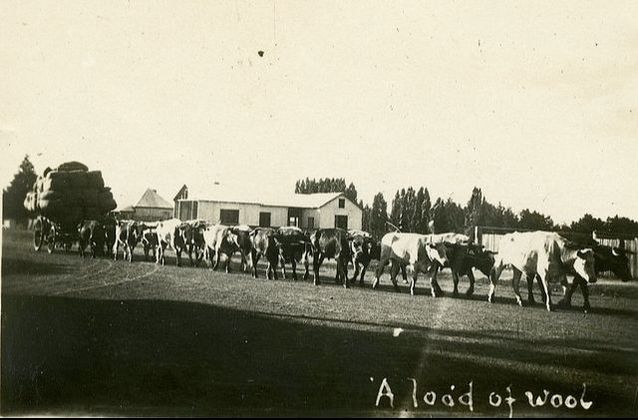
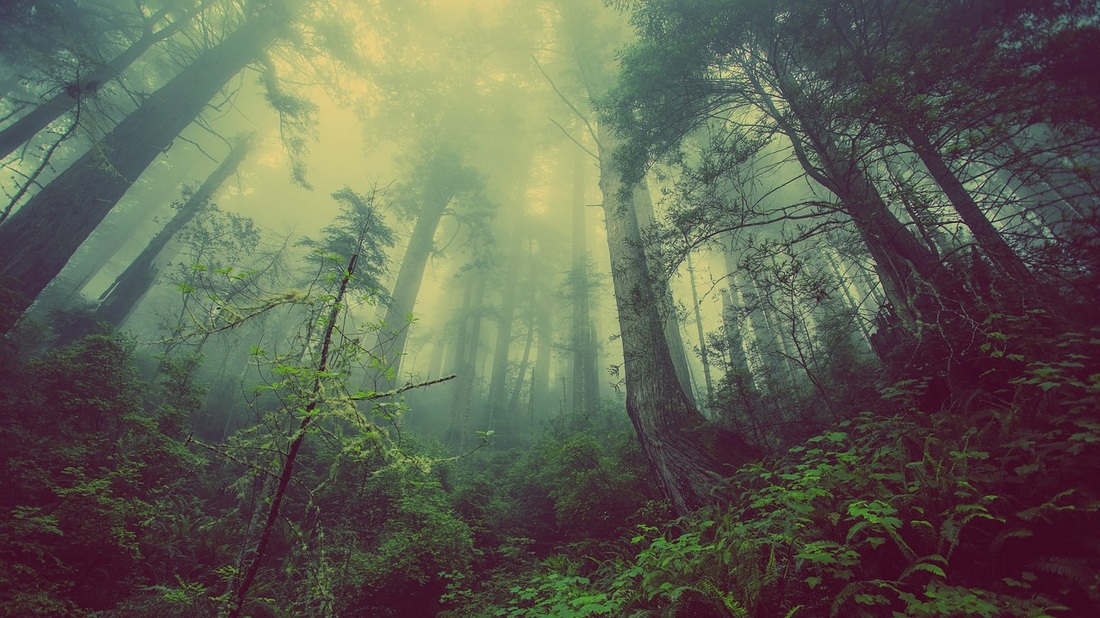
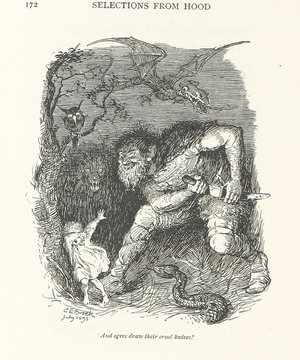
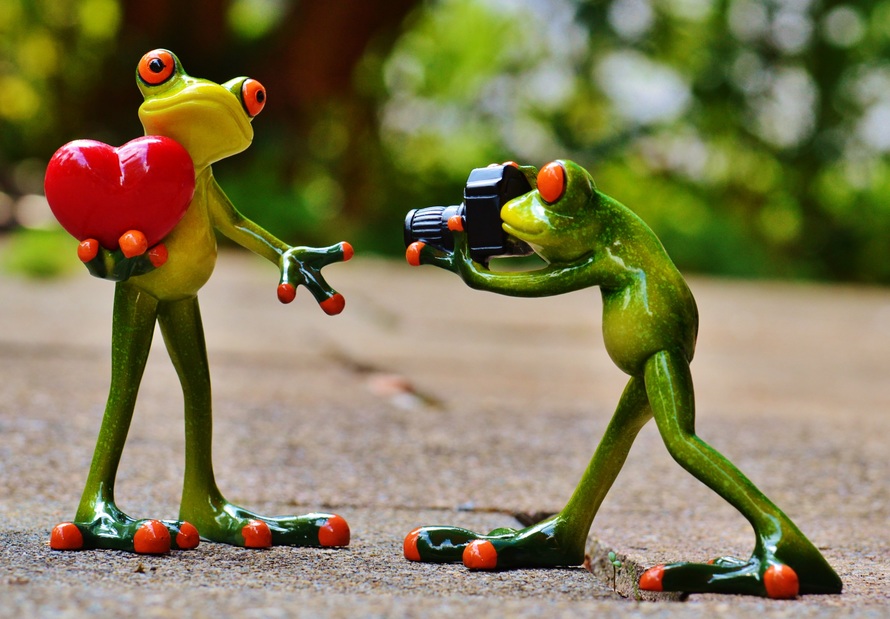
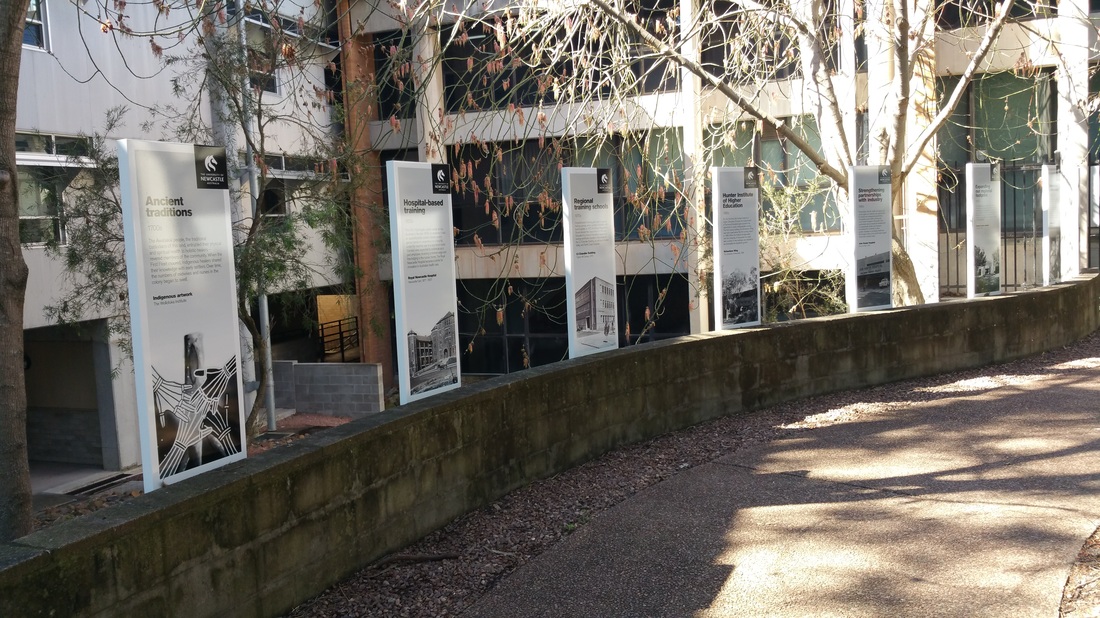

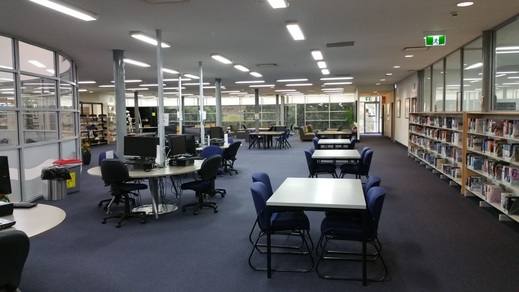
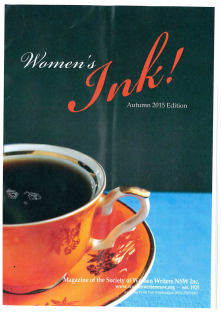
 RSS Feed
RSS Feed